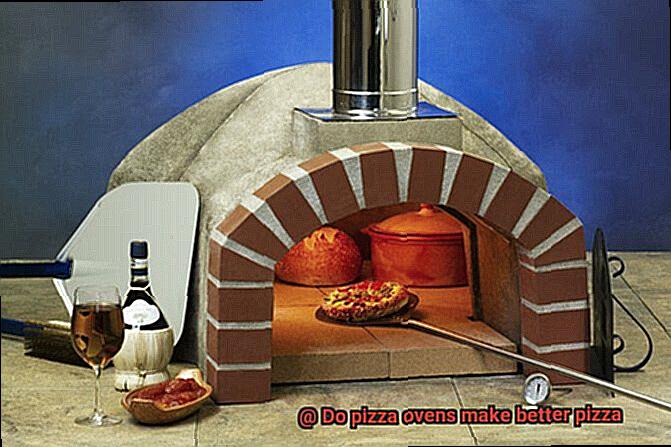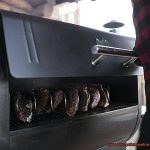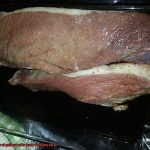Pizza lovers, unite. The great debate of whether pizza ovens make better pizza has been raging on for years. Some argue that a regular oven can produce a delicious pie, while others swear by authentic pizza ovens as the only way to achieve true culinary perfection.
If you’re like me and have ever wondered why certain pizzerias invest in elaborate, traditional oven setups, then this article is for you. We’re going to dive deep into the science behind how pizza ovens work and explore the advantages they offer.
First things first: let’s talk about the anatomy of a pizza oven and how it differs from your typical home oven. Then we’ll get into the nitty-gritty details of high-heat temperatures and how they impact texture and taste. And finally, we’ll discuss the magic of stone surfaces and wood-fired ovens and how they contribute to a pizza’s overall flavor and aroma.
Whether you’re a seasoned pizza connoisseur or just someone who enjoys a good slice without all the fuss, this article has got you covered. So if you’re curious about the science behind the perfect pie or thinking about investing in your own pizza oven, read on. It’s time to settle this debate once and for all.
Contents
Advantages of Pizza Ovens vs. Regular Ovens
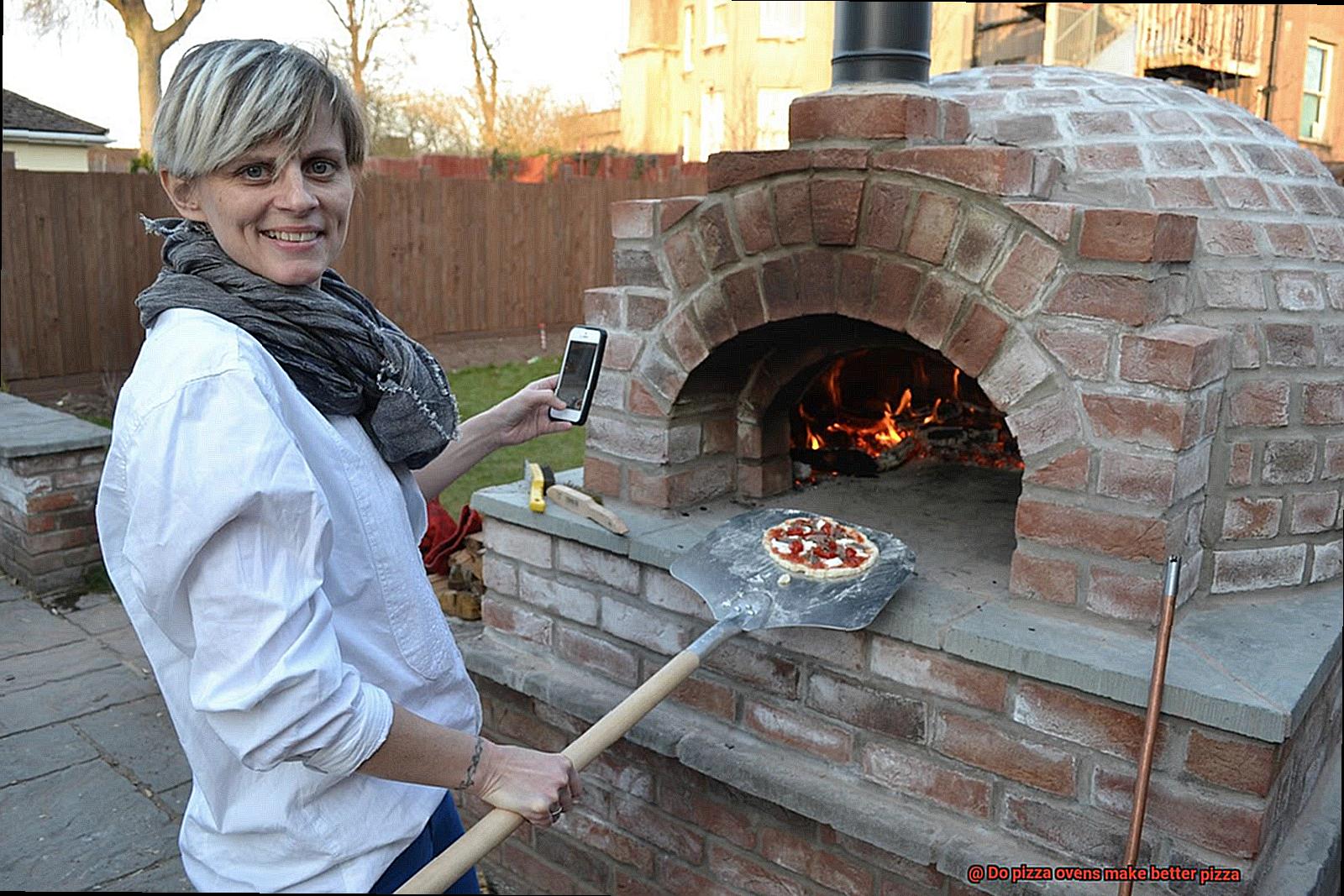
One of the primary advantages of pizza ovens lies in their ability to reach incredibly high temperatures, up to 900°F, in contrast to the maximum temperature of 500°F for regular ovens. This high heat ensures that your pizza cooks quickly and evenly, resulting in a crispy crust and perfectly cooked toppings.
Another advantage of using a pizza oven is that they can cook multiple pizzas at once. Imagine being able to cook several pizzas simultaneously on multiple racks, making it perfect for feeding a crowd or running a pizzeria. The variety of sizes and styles available for pizza ovens also means that you can choose one that fits your needs, whether you’re cooking at home or in a professional kitchen.
In addition to their high temperatures, pizza ovens often use wood or gas as a fuel source. Wood-fired ovens are known for imparting a smoky flavor to the pizza, while gas-fired ovens offer more control over the temperature and cooking time. Additionally, the unique design of pizza ovens helps retain heat and distribute it evenly throughout the oven, ensuring that your pizza is cooked thoroughly and evenly.
On the other hand, regular ovens are more versatile than pizza ovens. They can be used to cook a wide range of dishes, from cakes and cookies to casseroles and roasts. Regular ovens also tend to be more affordable than pizza ovens.
High Temperature of Pizza Ovens and Its Benefits
The solution to your pizza-making woes lies in a high-temperature pizza oven. As an expert on the benefits of these ovens, let me tell you why they are worth every penny.
Firstly, a high temperature of up to 900°F is essential for creating an authentic Neapolitan-style pizza. The crispy crust and slightly charred top are what make this style of pizza so famous, and a high-temperature oven is the key to achieving that perfect texture. Plus, the even cooking ensures a crispy crust without burning the other toppings – a win-win.
But that’s not all – the high temperature also infuses the pizza with an explosion of flavors that cannot be achieved in a regular oven. The heat helps to lock in the tastes of the toppings, creating a distinctive and mouth-watering experience that will leave you craving more. And let’s not forget about the cheese. The high heat allows it to melt and bubble just right, creating a perfect blend of flavors and textures.
Furthermore, the high temperature of pizza ovens reduces cooking time significantly. In as little as 90 seconds, a well-heated pizza oven can produce a perfectly cooked pizza, making it an ideal option for busy restaurants or pizzerias with high customer demand. This means that you can serve up fresh, hot pizzas without keeping your customers waiting too long.
Different Types of Pizza Ovens and Their Unique Flavors
Pizza is one of the most popular foods in the world, and it’s not hard to see why. With its crispy crust, flavorful sauce, and delicious toppings, pizza has something for everyone. But did you know that the type of pizza oven used can also have a big impact on the flavor of the pizza? In this article, we’ll explore the different types of pizza ovens and how they each impart unique flavors to pizzas.
Brick Ovens
Brick ovens are the original pizza oven, and they’ve been used for centuries. Made of brick or clay, these ovens are heated by burning wood or coal, which can reach temperatures of up to 900°F. The high heat produces a crispy crust while keeping the toppings moist. Brick ovens are known for their ability to create delicious pizzas with a perfect crust.
Wood-Fired Ovens
Similar to brick ovens but using only wood as fuel, wood-fired ovens can reach temperatures of up to 800°F. The heat generated by burning wood produces a unique smoky flavor that cannot be replicated by other types of ovens. This flavor profile is loved by many pizza enthusiasts who appreciate the distinct taste that wood-fired ovens impart to their pizzas.
Gas-Fired Ovens
Gas-fired ovens are a popular choice for commercial kitchens because they offer convenience and ease of use. These ovens use gas as fuel and can reach temperatures of up to 700°F. They are perfect for busy pizzerias or restaurants that need to cook large quantities of pizzas quickly. Gas-fired ovens offer consistent heat distribution, resulting in even cooking of pizzas.
Electric Ovens
Electric ovens are the most modern type of pizza oven designed for home use. These ovens are powered by electricity and can reach temperatures of up to 500°F. Electric ovens offer various features such as timers and settings that allow you to cook pizzas to your desired level of crispiness and doneness. However, electric ovens do not impart the same smoky flavor to the pizza crust as wood-fired or gas-fired ovens.
Hybrid Ovens
Hybrid pizza ovens combine the best features of different types of pizza ovens to create a unique cooking experience. For example, some hybrid ovens use both wood and gas as fuel to create a smoky flavor while also offering convenience and ease of use. Others combine electric and gas or electric and wood-fired elements to create precise temperature control while also creating a crispy crust.
The Shape of Pizza Ovens and Its Effect on Heat Distribution
The shape of your pizza oven is the secret ingredient to achieving the perfect slice. As an expert on this topic, I’m excited to share with you how the shape of your oven affects heat distribution during the cooking process.
Firstly, let’s explore the two main shapes of pizza ovens: round and rectangular. Round ovens, often constructed with brick, boast a domed top. This unique shape allows for even heat distribution throughout the oven, radiating from all angles. The result? A beautifully cooked pizza with an evenly golden crust.
On the other hand, rectangular ovens are typically made of metal and feature a flat top. This direct heat source can be beneficial when cooking specific types of pizza. For instance, if you’re whipping up a pie loaded with toppings, a rectangular oven ensures that everything cooks evenly.
But it’s not just about the shape of your oven – heat distribution is key. Achieving this requires distributing heat evenly across the surface of your pizza. This can easily be achieved by using a pizza stone or baking sheet. Don’t forget to preheat your oven too. This ensures that your oven reaches the desired temperature and that heat is distributed evenly.
How to Achieve the Perfect Crispy Crust with a Pizza Oven
Luckily, achieving a crispy crust with a pizza oven is easier than you might think. Here are some tips to help you get that perfect crispy crust every time.
Temperature Matters
The temperature of your pizza oven is crucial when it comes to achieving a crispy crust. To get that perfect crispy texture, your oven needs to be heated to at least 500°F (260°C). This high temperature helps cook the pizza quickly, resulting in a crispy crust that’s not too tough or chewy.
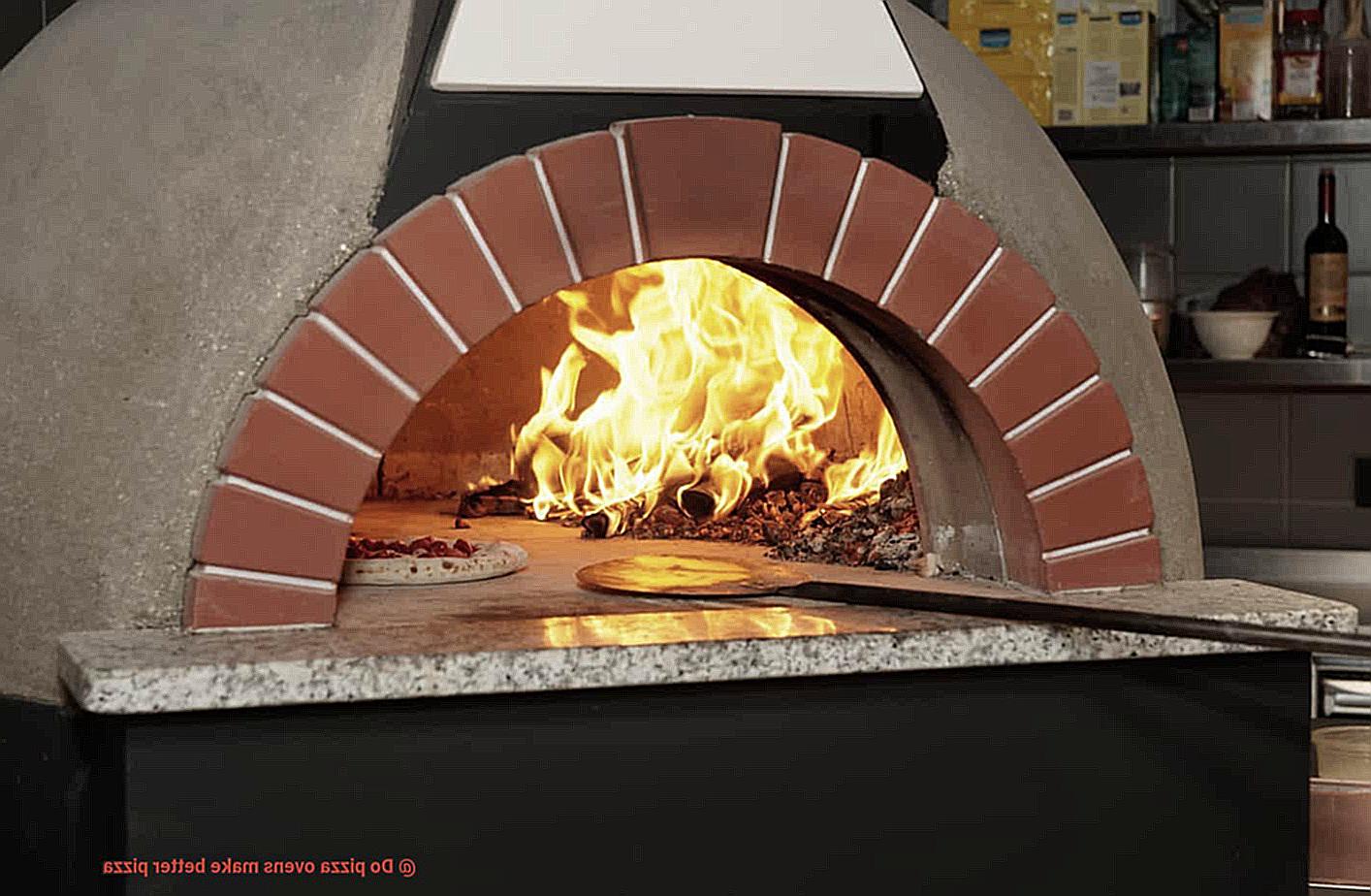
Choose the Right Dough
The dough you use for your pizza is another essential factor in achieving that crispy crust. Using high-quality dough that has been allowed to rise properly will produce a crust that’s both crispy and chewy. It’s also important to use flour with a high gluten content like bread flour, which helps the crust hold its shape and develop a crisp texture.
Use the Right Baking Surface
Using the right baking surface is also important when it comes to achieving a crispy crust with a pizza oven. A pizza stone is an excellent option as it helps absorb moisture from the dough, which results in a crispy crust. Some popular materials for pizza stones include ceramic, cordierite, and cast iron.
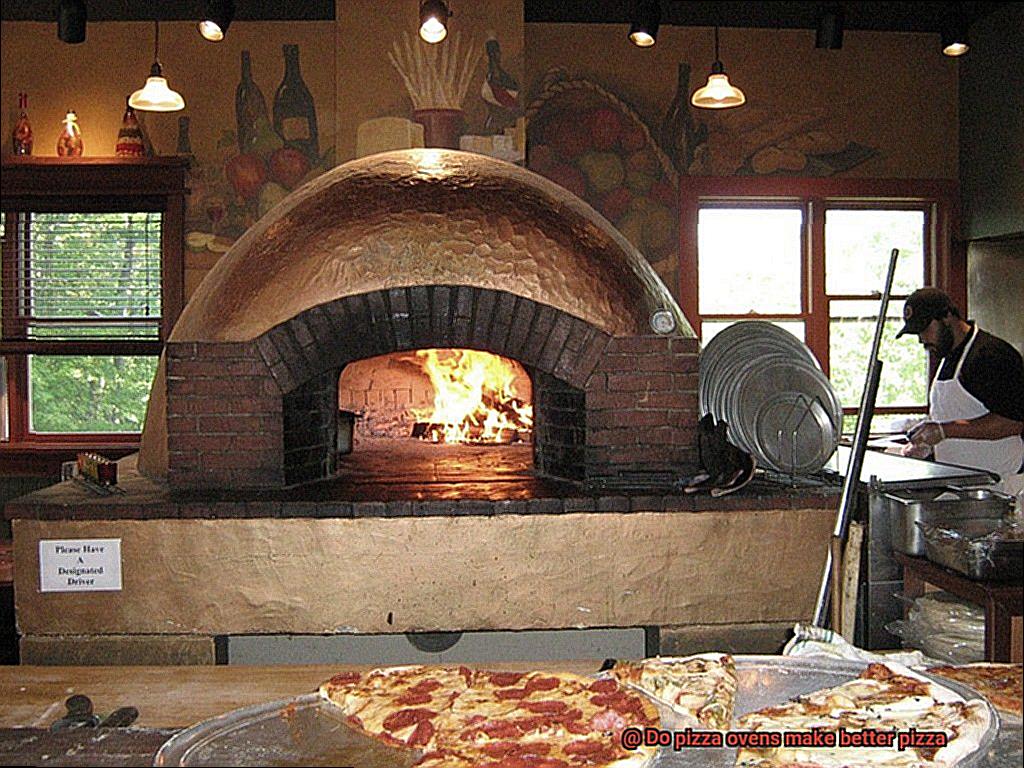
Less is More
When it comes to toppings, less is more if you want that crispy crust. Too many toppings can weigh down the crust and prevent it from getting crispy. Instead, use a light layer of sauce and cheese and add toppings sparingly so that the crust can cook evenly.
Monitor Your Pizza Closely
Finally, monitoring your pizza closely while it’s cooking in the oven is essential to achieving that perfect crispy crust. Keep an eye on the crust and remove it from the oven when it’s golden brown and crispy. Overcooking can result in a burnt crust, so be sure not to leave it in the oven for too long.
Tips for Getting the Most Out of Your Pizza Oven
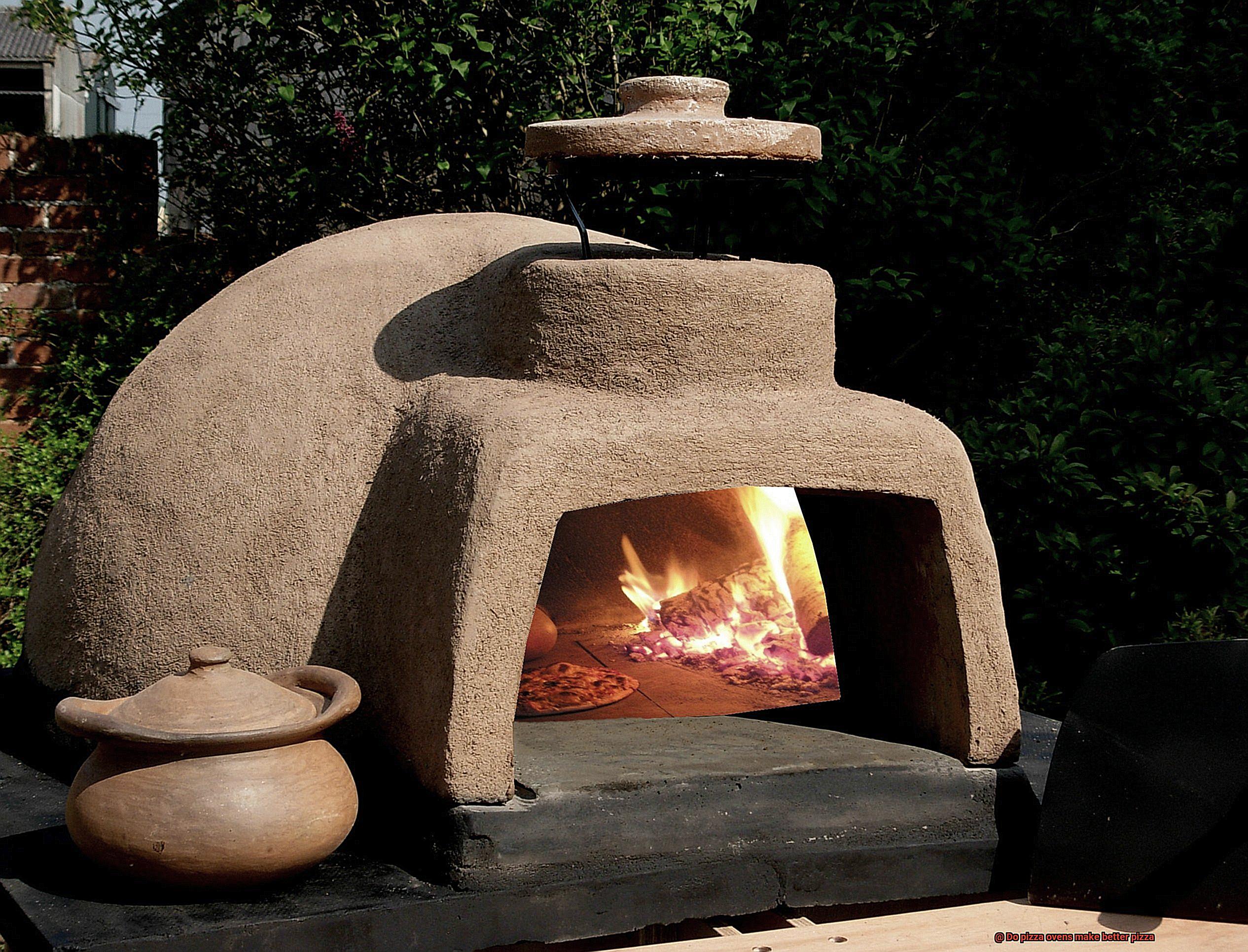
Investing in a pizza oven is a great way to achieve that authentic, wood-fired taste at home. But with so many options out there, how can you make sure you’re getting the most out of your pizza oven? Here are some tips to help you achieve pizza perfection every time.
Preheat Your Oven
Preheating your pizza oven is crucial for even cooking and preventing your pizza from sticking to the surface. Depending on the type of oven you have, preheating can take anywhere from 30 minutes to an hour. Don’t rush this step – it’s essential for a perfect pizza.
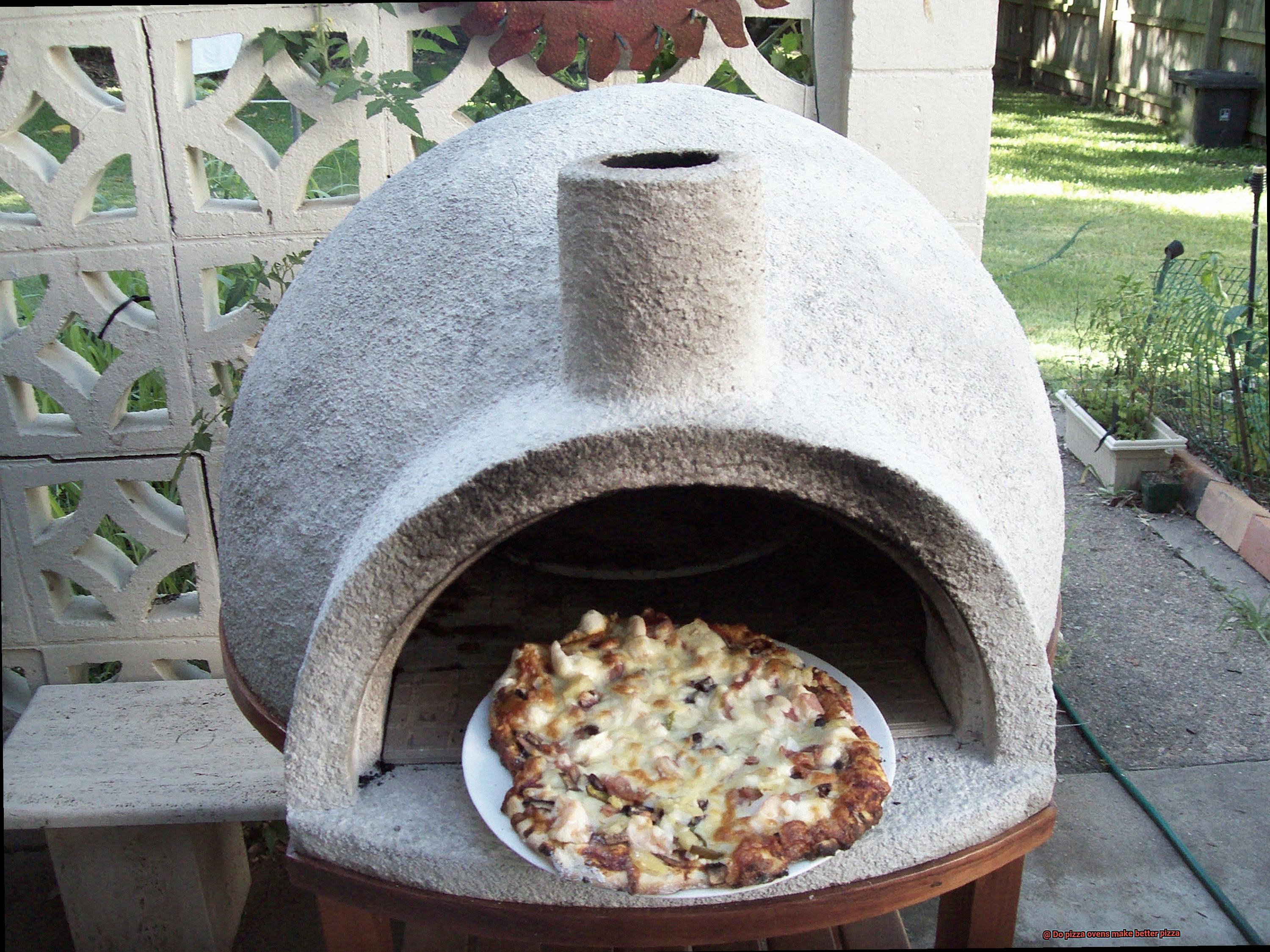
Use the Right Fuel
To get the best flavor and performance out of your pizza oven, it’s important to use the right fuel. Wood-fired ovens require hardwood logs or pellets, while gas-fired ovens require propane or natural gas. Using the correct fuel will ensure that your pizzas have that authentic flavor and cook evenly.
Use a Pizza Peel
A pizza peel is an essential tool for getting your pizza in and out of the oven. It’s a flat wooden or metal paddle that allows you to slide your pizza onto the hot surface of the oven and remove it once it’s cooked. This makes the process much easier and reduces the risk of burning yourself.
Don’t Overload Your Pizza
While it may be tempting to load up your pizza with toppings, less is often more when it comes to achieving the perfect pie. Overloading your pizza can make it soggy and difficult to cook properly. Stick to a few toppings and make sure they’re evenly distributed.
Monitor Your Cooking Time
Keep a close eye on your pizza while it’s cooking to ensure that it doesn’t burn. Cooking time can vary depending on the temperature of your oven, so don’t leave it unattended for too long.
rk3z3icZlLg” >
Conclusion
In conclusion, the age-old question of whether pizza ovens make better pizza has been definitively answered. The advantages of pizza ovens are numerous and undeniable. With the ability to reach temperatures up to 900°F, cook multiple pizzas at once, and infuse unique flavors into every pie, pizza ovens offer a level of precision and control that regular ovens simply cannot match.
The type and shape of your pizza oven also play a crucial role in achieving the perfect pie. Brick and wood-fired ovens impart a smoky taste that is impossible to replicate with gas or electric ovens. Round ovens with domed tops offer even heat distribution from all angles, while rectangular ovens provide direct heat for evenly cooking loaded pizzas.
But it’s not just about the oven itself – mastering the art of homemade pizza requires attention to detail and technique. Preheating your oven, using the right fuel and baking surface, monitoring cooking time, and avoiding overloading your pizza are all key factors in achieving that perfect crispy crust.
Whether you’re a seasoned pro or just starting out on your pizza-making journey, investing in a quality pizza oven will undoubtedly take your homemade pies to new heights. So why settle for mediocre when you can have exceptional?

